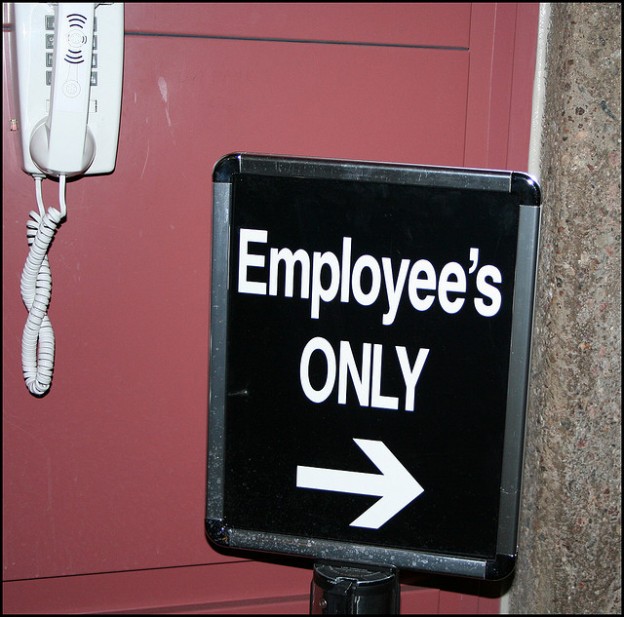As long as written communication continues to play an essential role in the world of business, it will be important for all of those who write memos, emails, inter-office communiqués, reports, and other business documents to know how to write in such as way that their readers are able to understand the messages contained in their documents. It is important to have a working knowledge of the rules of Standard English. Let’s face it: a document is only as effective as it is clear and readable.
The key to writing effective and readable business documents is organization. Before writing anything that is going to be sent to colleagues, supervisors, customers, clients, or any others, you should take the time to think about what you want to say. What is the message that you are attempting to convey? Many people find writing an outline or a sketch to be helpful. Others prefer to gather thoughts and just jot down notes. Some people, especially those who think on their feet, simply sit at their keyboards, and write. After all, whatever you write can always be changed, expanded, or deleted.
It is important to keep sentences to the point. That does not mean that they have to be short, but each sentence should be aimed at explaining one main idea. If, for example, you were to write an evaluation of a new employee, you would want to explain his or her strengths, weaknesses, successes, and failures so that whoever is reading the report would be able to understand the important points the first time around. You would not want to put too much information into each sentence. You might be tempted to write, “During this thirty day period, Donald has done well in terms of motivation and he has accomplished a lot, such as regularly contacting clients in a timely manner and updating them on new developments, and he has introduced some initiatives in his department, but not all of them have proved to be useful.” It would be better to divide all of that information into separate sentences, as: “During this thirty day period, Donald has done well in terms of motivation and he has accomplished a lot.” “He regularly contacts clients in a timely manner, updating them on new developments.” “He has also introduced some initiatives in his department, but not all of them have proved to be useful.”
Of course, as you are writing, you should re-read what you have written, either after each sentence or at the end of each paragraph. In this way, you will be able to back-track, and then add or delete information according to the flow of the document. In the same way that you should attempt to keep your sentences short and pertinent to the topic, your paragraphs should also be brief and to the point. A paragraph need only be two sentences long, but most are longer. The longest a paragraph should be is about 250 words. That is not a hard and fast regulation, but it a good rule of thumb. A well-written paragraph should contain a main idea and a number of sentences which clarify that point.
Once the document has been completed, you should re-read it in its entirety—twice. The first reading should be to determine whether you wrote what you meant to say and whether it is clear and concise. Your second reading should be in order to ensure that the sentences flow into each other and the paragraphs do likewise. At this point, even before you perform a spell check, you should attempt to spot and eliminate errors in of spelling, punctuation, grammar, and usage. Of course, if you believe that you are weak in terms of the mechanics of writing, you might want to have your document proofread and edited by a professional. Many reliable proofreading and services can be found online.
Remember, unless your business document is clear and well-written, it will not adequately convey your message. Business documents should always succinctly communicate ideas from the writer to the reader.









